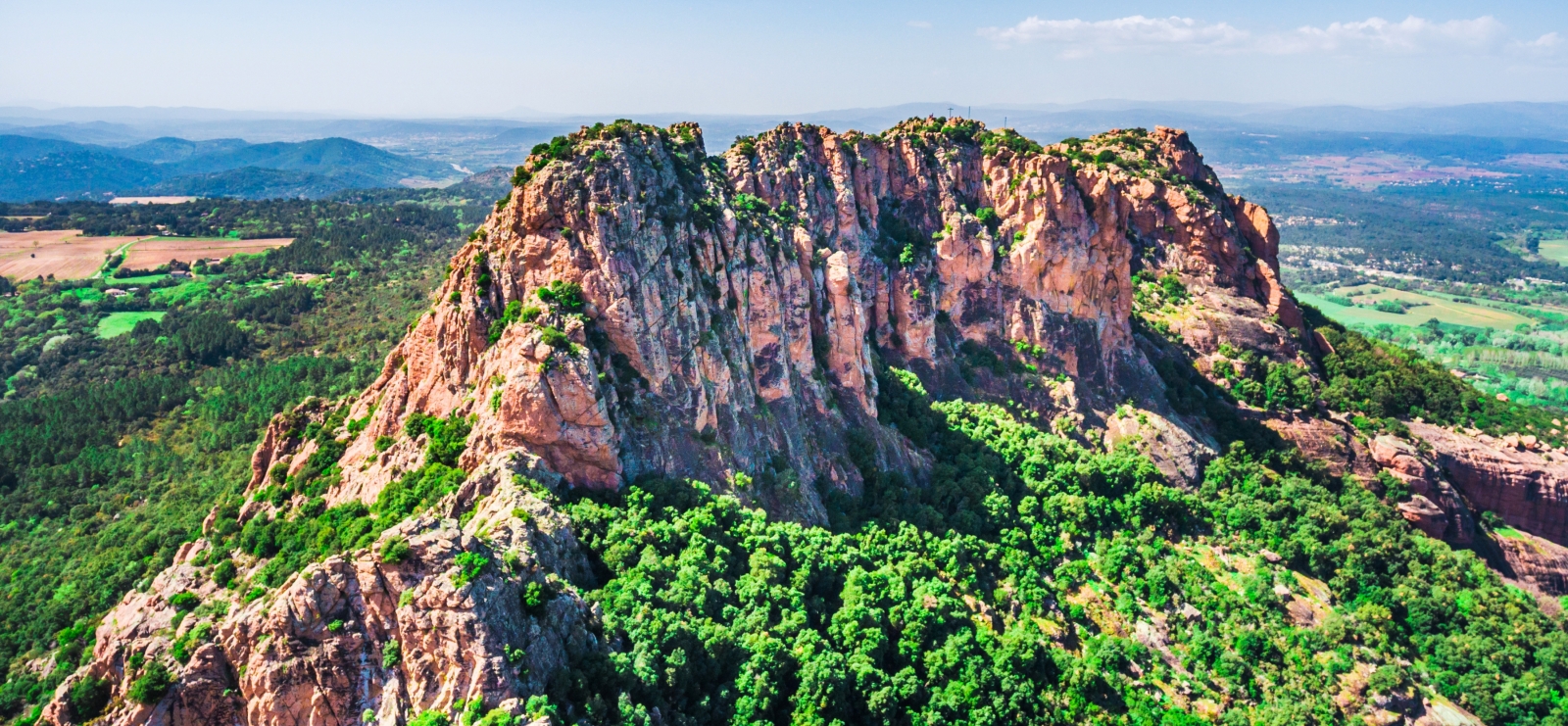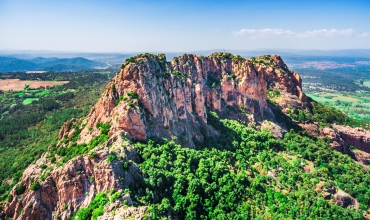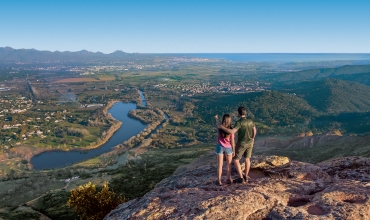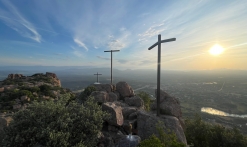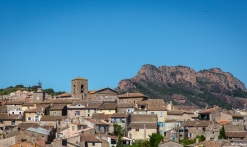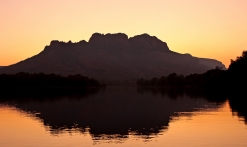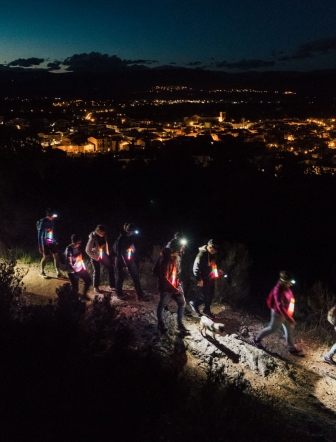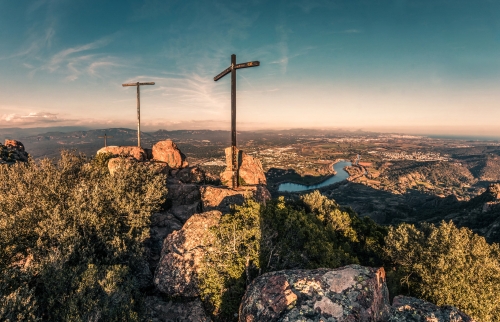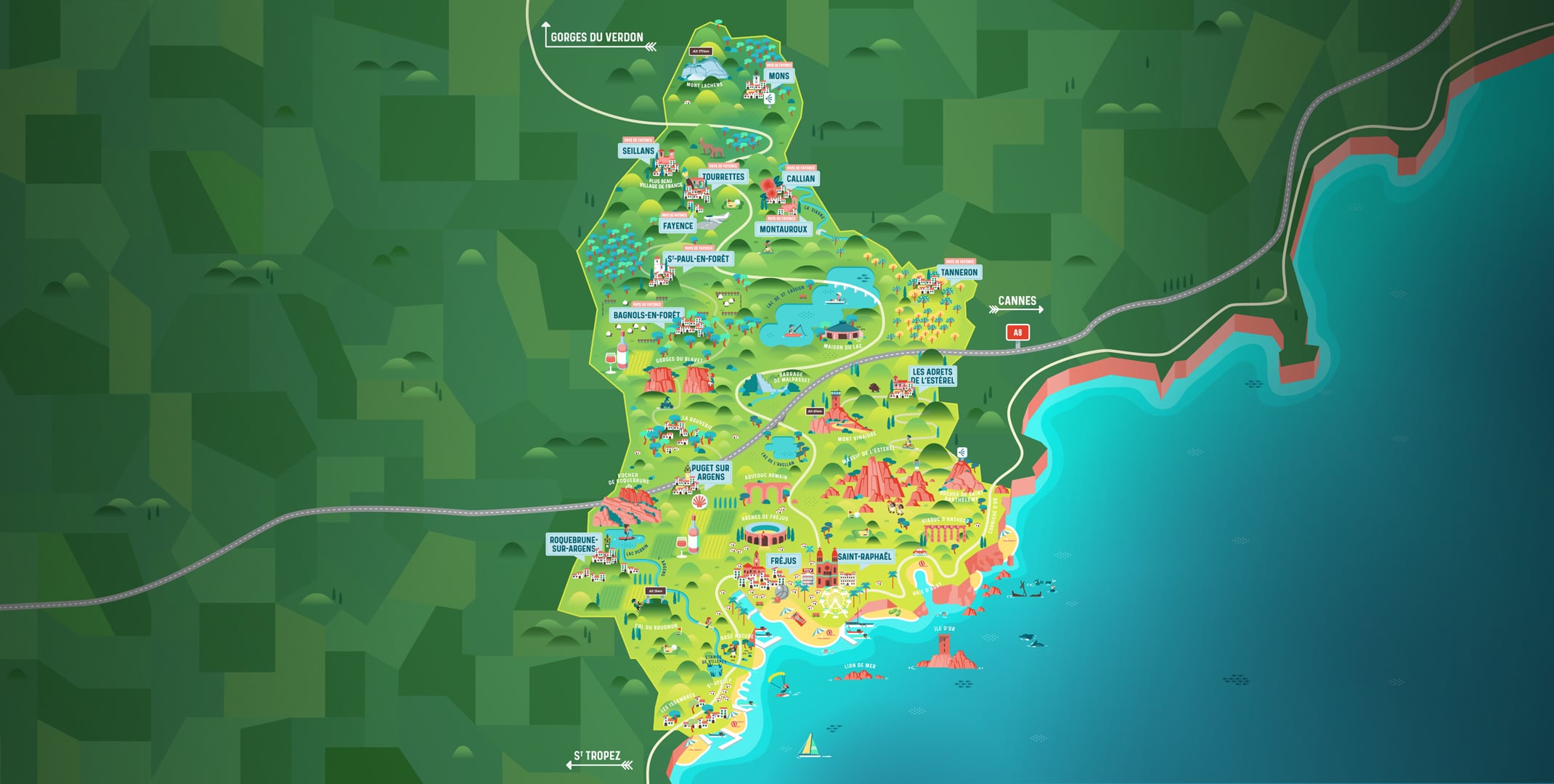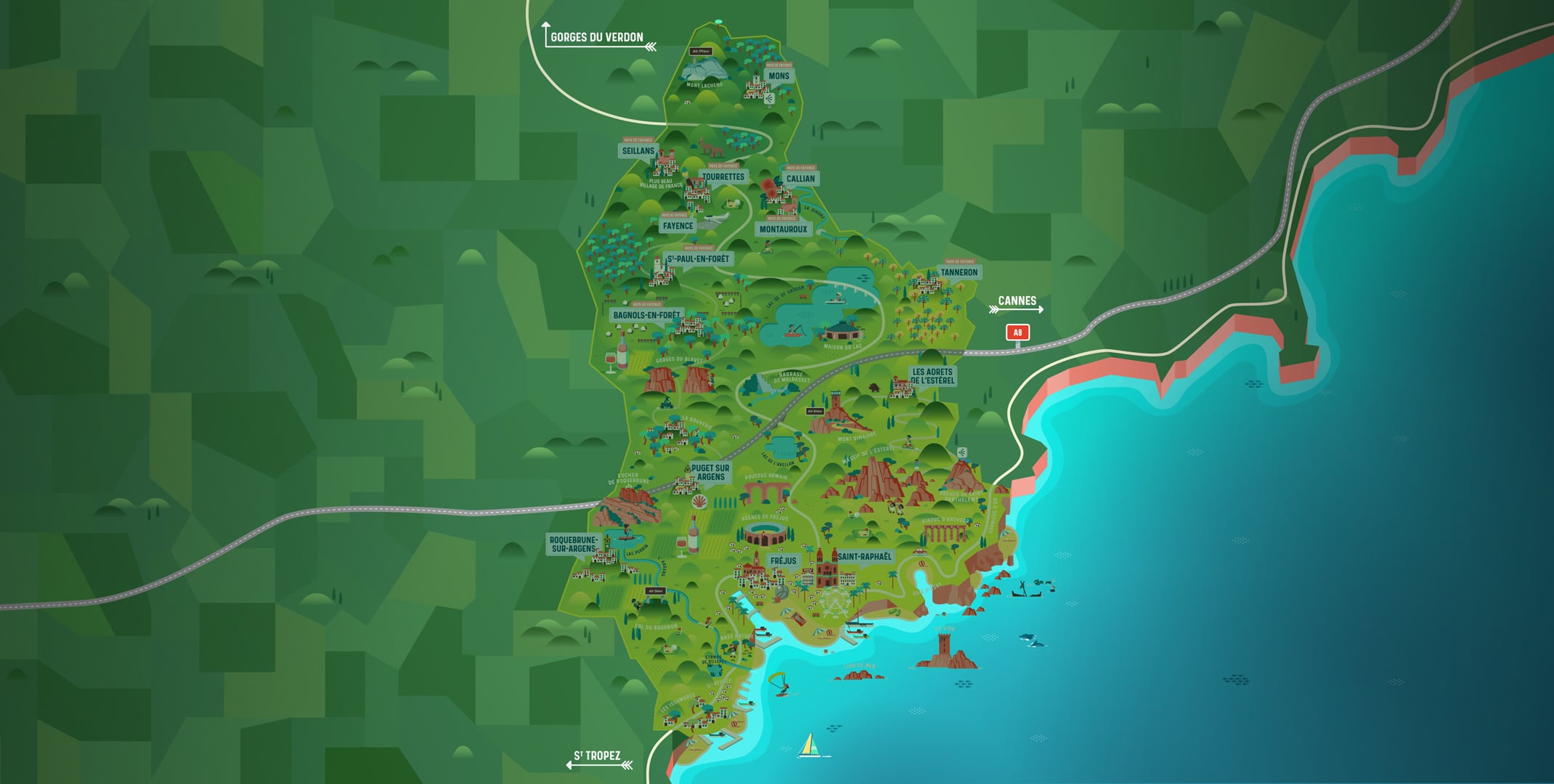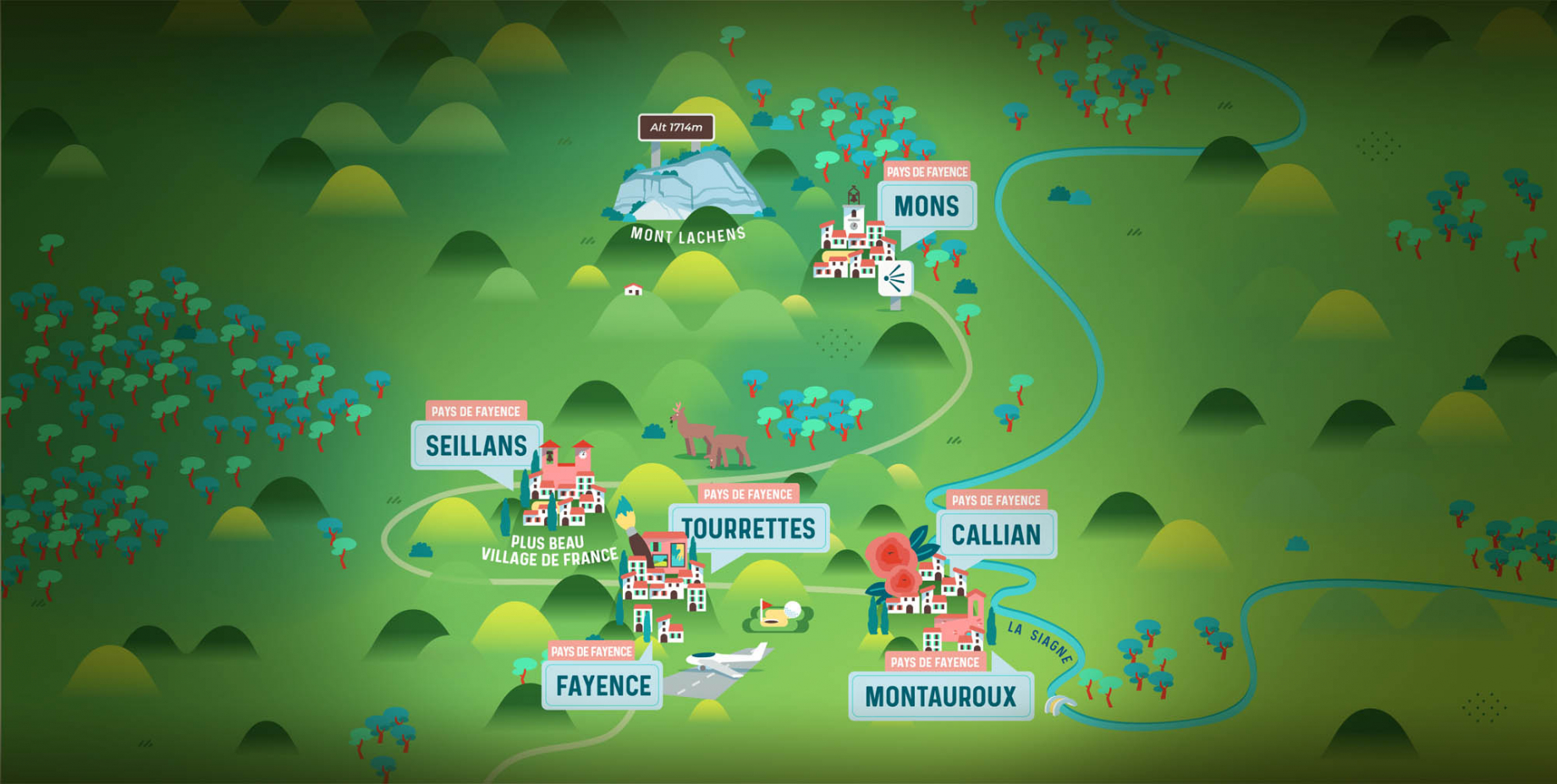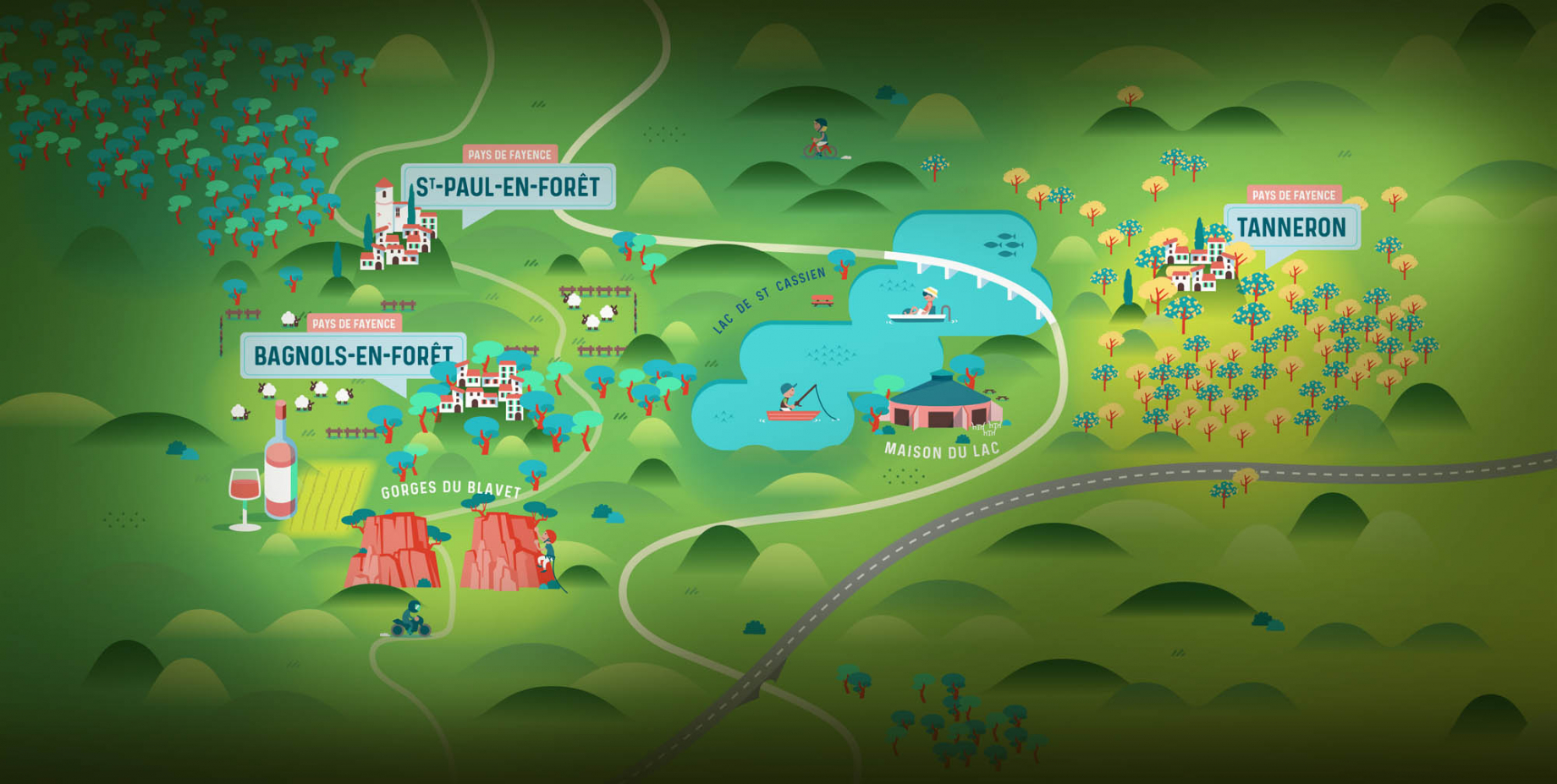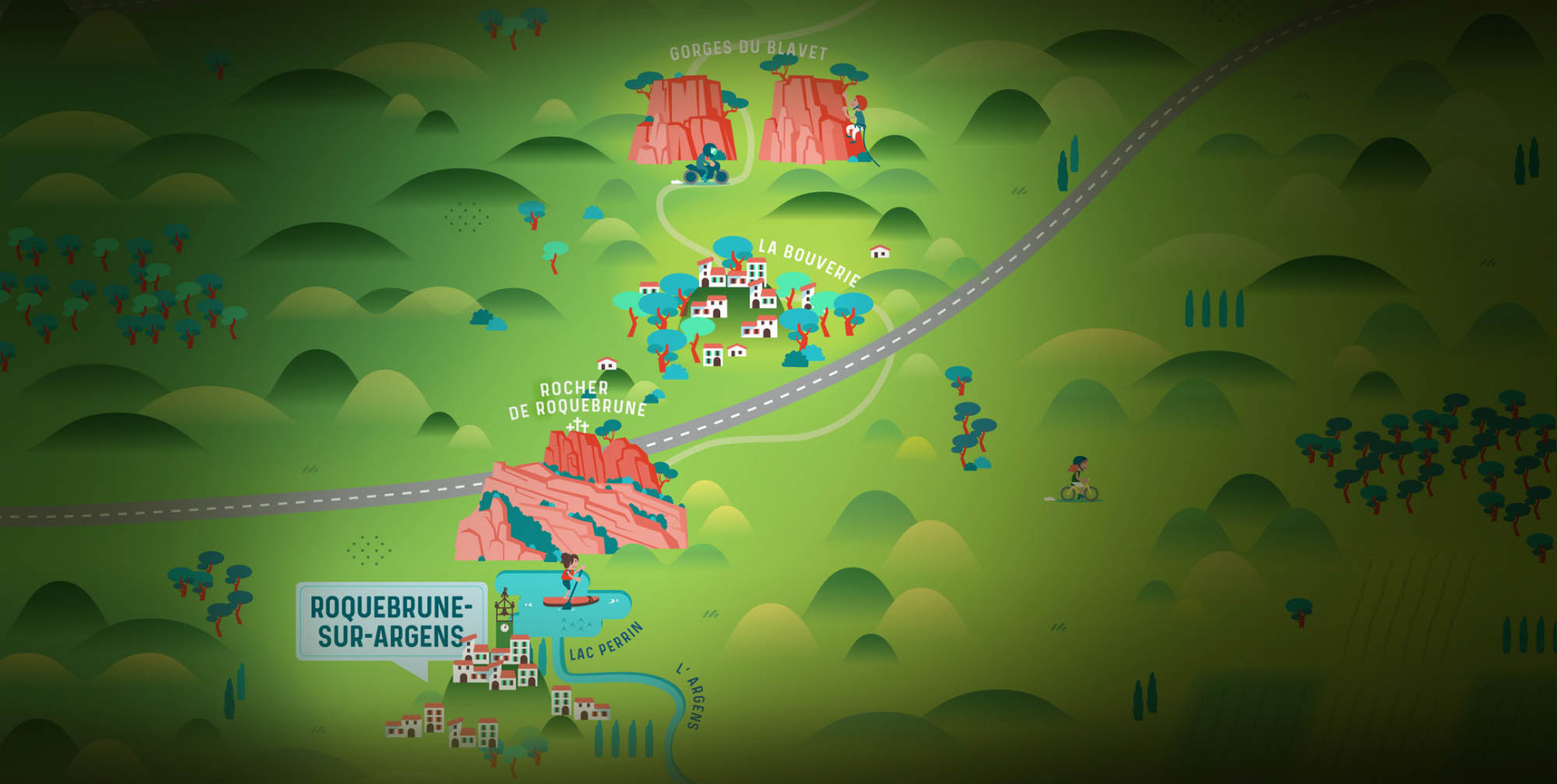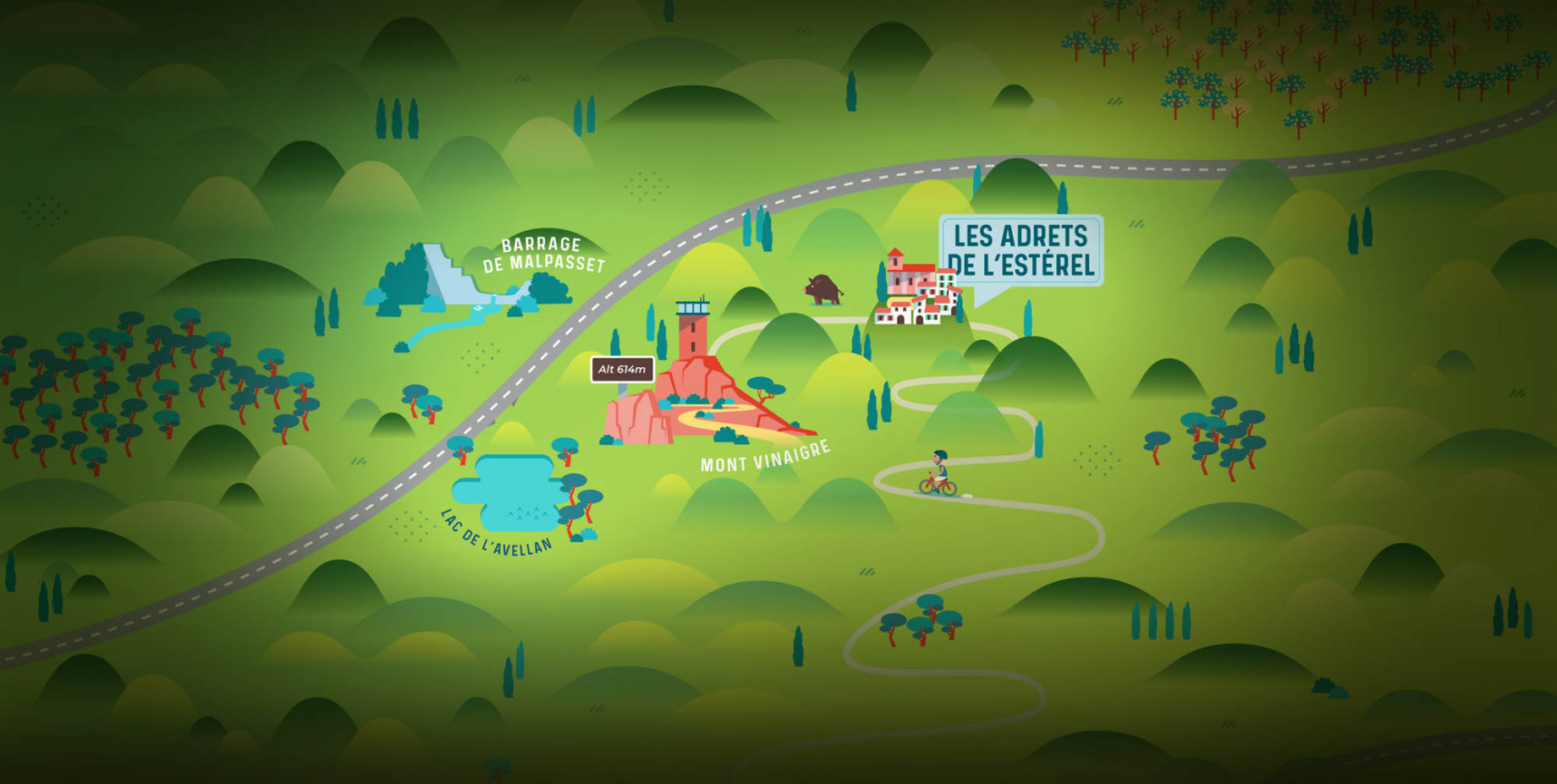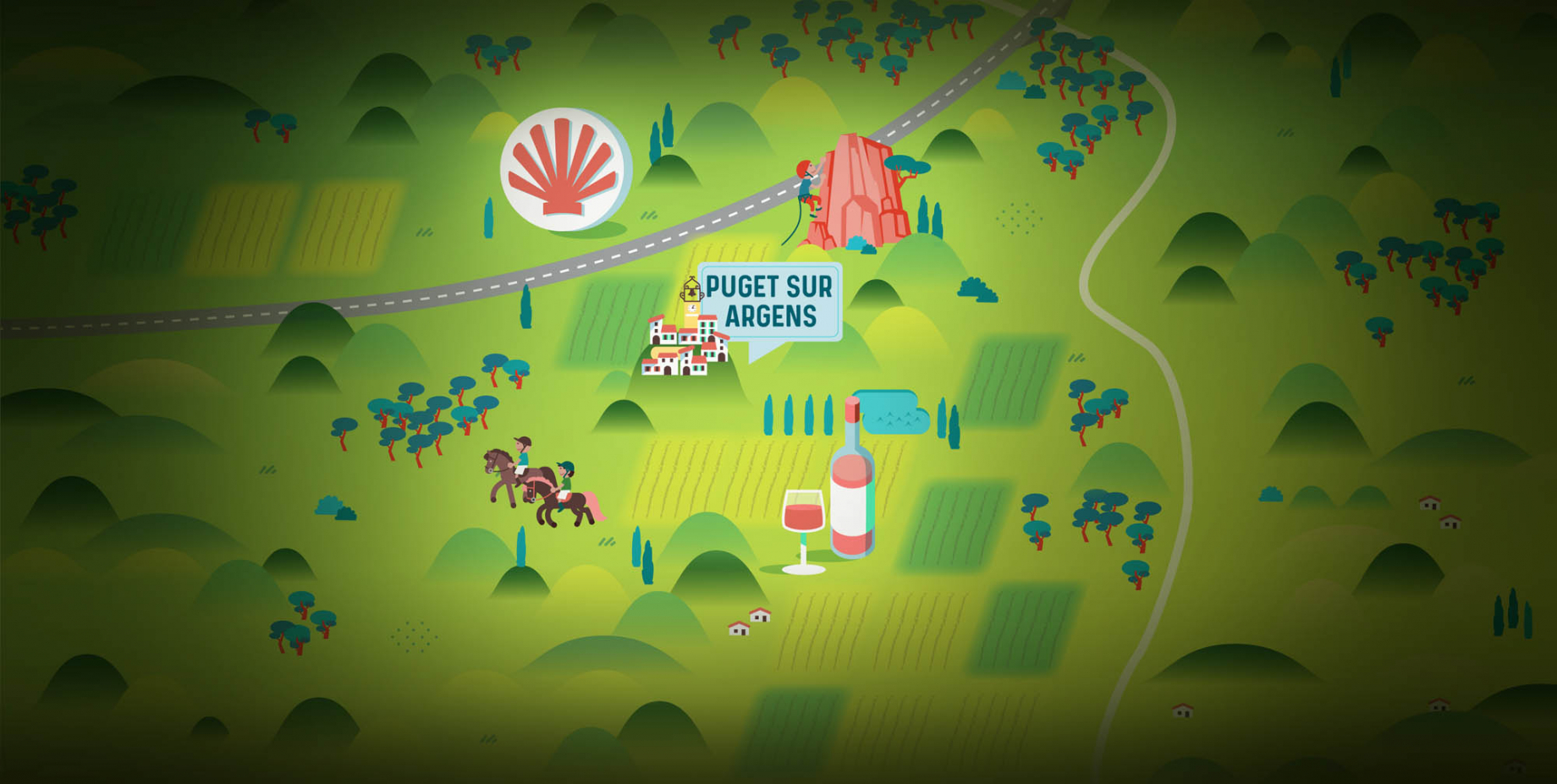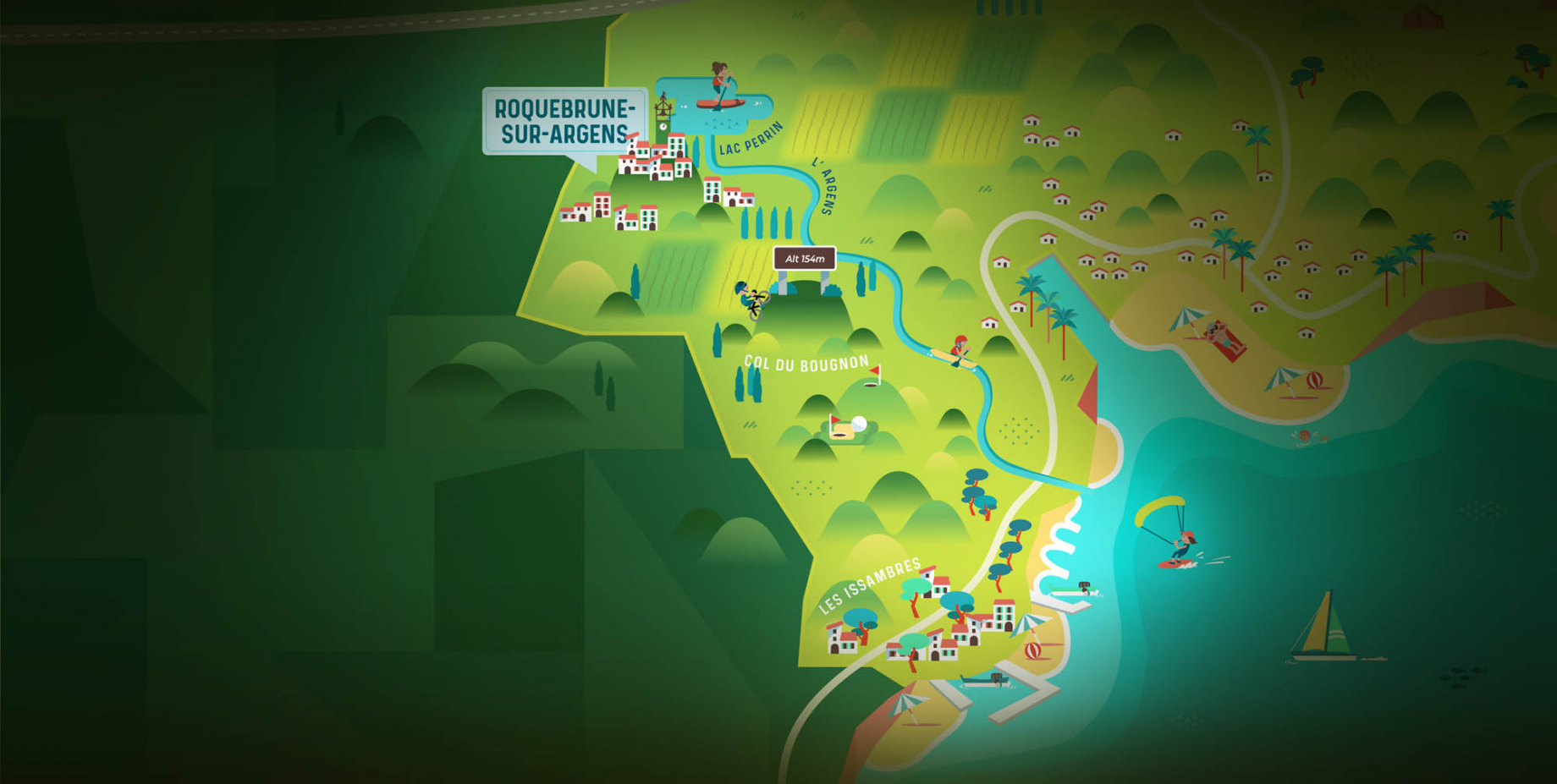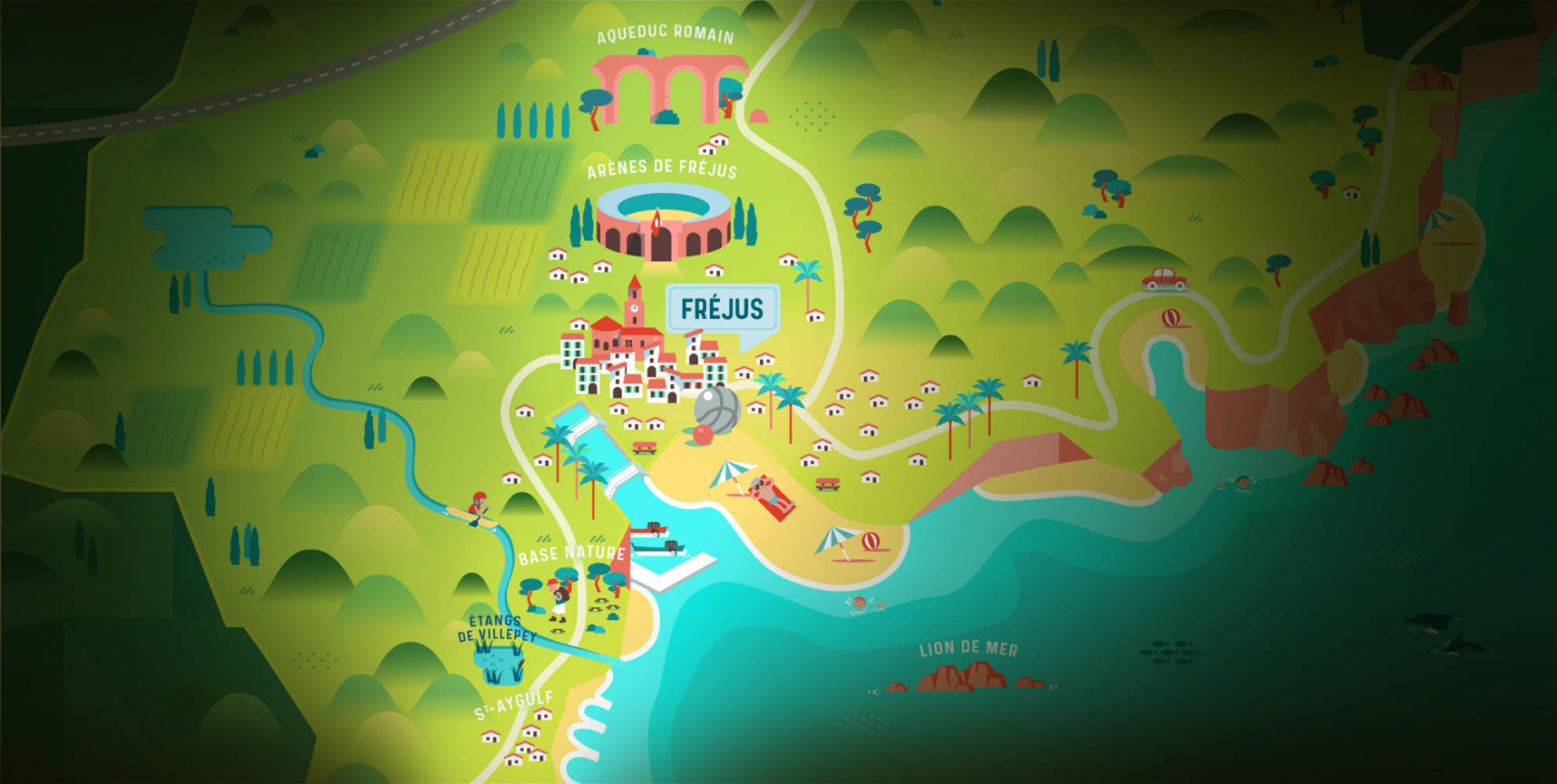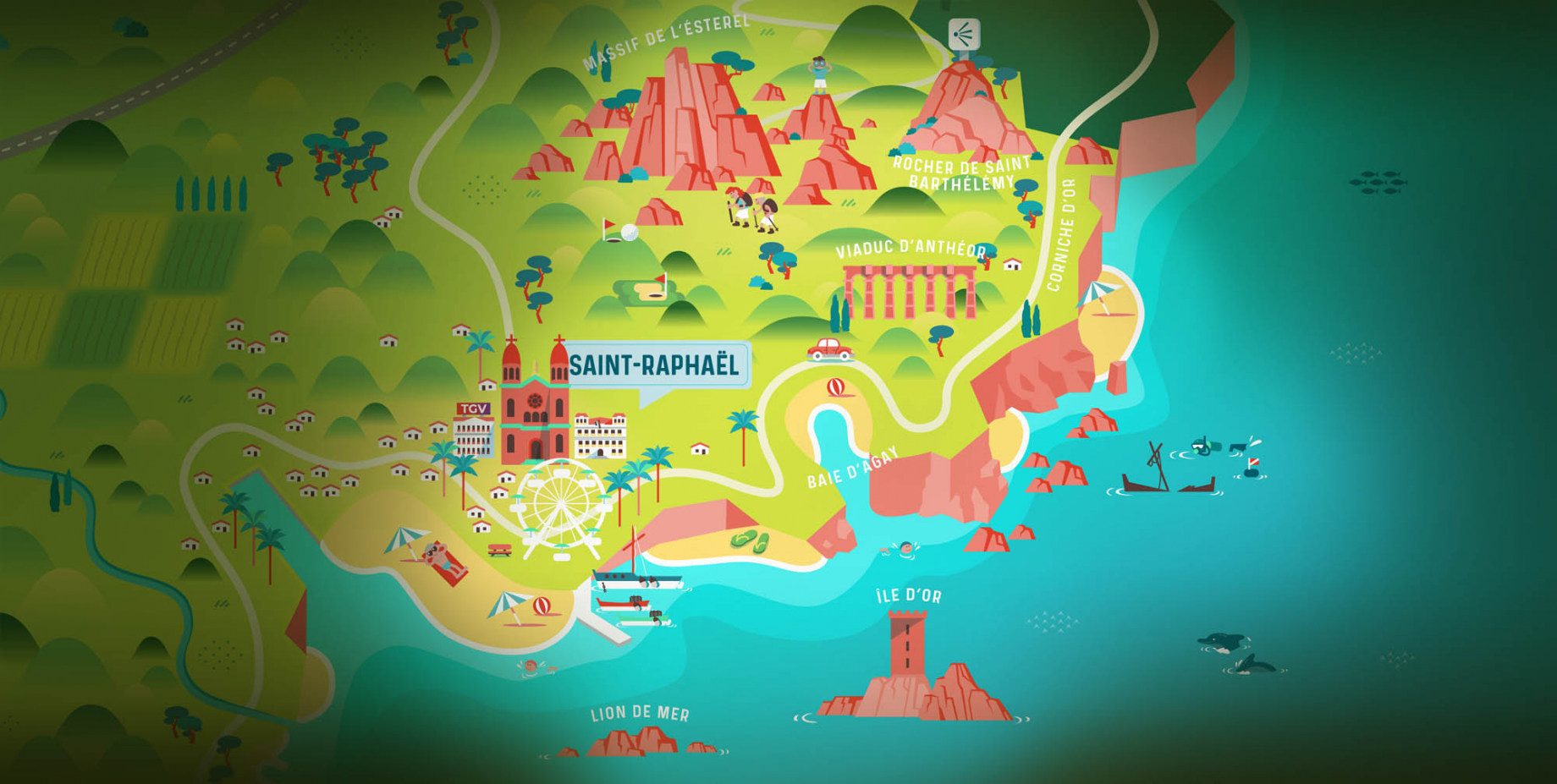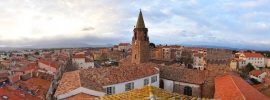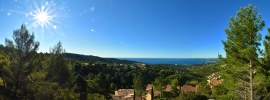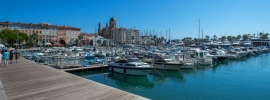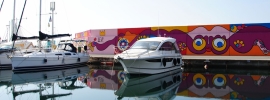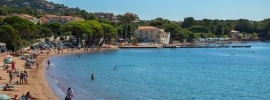Description
Le Rocher de Roquebrune: the rock and new experiences in nature…
You can see and admire it from far away... it overlooks the thousand-year-old village, the lake and the Argens river.
The village of Roquebrune-sur -Argens is inseparable from its legendary Rock, which is also a listed site of outstanding importance.
The imposing, isolated rocky outcrop rises majestically up from the plain of Argens and extends over 6km2 between the villages of Roquebrune sur Argens and Le Muy.
This spectacular, reddish brown-coloured rocky mass emerges from the vegetation and culminates in a winding, saw-toothed, 373-high ridge.
Its richness in biological terms and its impact on the landscape have led the Rock to be included as one of the NATURA 2000 classified sites.
After being completely surrounded by unspoiled natural surroundings, you can enjoy one of the most beautiful panoramic views in the region from its summit. The spectacular 360° view takes in the Fréjus and Saint Raphaël basin with the Estérel in the background to the Maures massif and the snowy summits of the Southern Alps in winter.
And if you were to set off to climb this fascinating rock from spring onwards, several hiking trails will open for equipped sportsmen and women.
There are incredible viewing points from any of these routes when you arrive at the famous site of Troix Croix. You’ll spend around 1 hour of climbing and walking in the heart of the Provençal forest.
>> The Three Crosses
This site is also known as ‘The Rock of the Three Crosses’ and has always been a place of great religious value over the centuries.
The presence of three crosses on the Rock’s summit seems to have been documented since the dawn of time. The legend goes that during the crucifixion of Christ, three cracks opened up in the rock which symbolise the three wounds or the three crosses on Calvary. Three crosses were later erected on top of the rock and were the focus of pilgrimages.
An 18th century ex-voto at the Heritage Centre illustrating the invasion by Duke Amedé de Savoie’s soldiers in 1707 and an 18th century painting at the parish church depicting Saint-Aygulf in front of the Rock both show the presence of these three symbolic crosses which deteriorated over time due to the weather.
At the start of the 1990s, the sculptor Bernar Venet was asked to make the three monumental steel crosses which currently stand on the Rock. The contemporary artist was inspired by three famous paintings of the crucifixion. These masterpieces were by Giotto (14th century, the Scoregni de Padoue chapel), Grünewald (15th century, the Interlinden de Colmar museum) and El Greco (16th century, the Prado museum in Madrid).
The work, which now looks out over the plain of Argens, was inaugurated on 11 July 1991.
Further information
French
- Equipments : Parking nearby

